Hong Kong Soya Sauce Chicken Rice and Noodle, an unassuming street vendor in a Singapore open-air food court, has officially been crowned the world’s cheapest Michelin-starred restaurant.
B gourmet
Most of the foods we enjoy today have gone through many stages of evolution, to the point where you almost begin to wonder whether they can ever be improved upon. Yet, so long as cooks maintain their curiosity and enterprising spirit, the foods we know will surely continue to change. We can see the truth of this in creations such as Mokubaza’s cheese keema curry, which we covered in a previous article.
But how can we possibly improve on the wünderfood that is pizza? Well one pizza cafe in Tokyo’s trendy Roppongi district seems to think so…
We’ve already talked at length about the complex feelings we have whenever we see an anthropomorphic mascot for a food joint shucking his own kin as delicious, greasy human grub. We bet you can’t even count the number of times you’ve walked by a chicken joint whose crazily grinning avian mascot was holding up a bucket of deep-fried drumsticks, or a contented pig sitting down – fork, knife, bib and all – to a barbecue rib feast and never really thought much of it.
Well, if the usually slapdash, cartoonish mascot on the sign of your local wing joint wasn’t in-your-face enough to disturb you with implications of animal cannibalism and the idea that you might just be eating animal protein that was once a creature with enough intelligence to talk and use kitchen utensils, maybe this Kanazawa, Japan pork restaurant ostensibly managed by a live, miniature pig is just the thing to kickstart your conscience, you monster.
If you’ve lived in Japan a while or even just visited, you may recognize the word “takuan” – a type of Japanese pickle made from radishes and served as a side dish – and you’ll almost certainly recognize mayonnaise as that thing that is incongruously glopped on just about everything in Japan.
You’ll probably also recognize that these two items have absolutely no business together, especially if just stuffed unceremoniously into a loaf of bread, but, you see, this combination was almost inevitable because, as we’ve proven time and time again, gross food combinations are just the bee’s knees when it comes to prepackaged foods in Japan.
So, usually when it comes to burgers in Japan, we prefer to let the talented burger artists at famous fast food restaurants such as McDonald’s, Burger King and especially Lotteria do their thing – because it usually results in crazy squid ink burgers, nine-patty monstrosities, and other 6th grade science experiment-esque monstrosities.
But McDonald’s has slowly been unveiling a tech- and customer-savvy new way of dealing burgers with its limited run of “Create a Burger” options at select stores.
When I was a kid, I used to love using a spoon to whip my ice cream into a fluffy consistency. While it significantly sped up the ice cream’s melt time, I found the new texture I’d created a lot more agreeable than the spoon-bending hardness of the straight-from-the-freezer stuff. It never occurred to my sugar-addled, 10-year-old mind that in the process of whipping up my ice cream, I was actually making a sort of off-brand homemade gelato.
But now that I’ve grown older and my palate has matured, I still enjoy the ice cream whipping trick, but don’t do it as frequently as I used to. There’s just something missing. To my 30-year-old taste buds that have known such exotic delicacies as fugu, unagi, foie gras, street tacos and meatball subs, it’s just mushy ice cream.
But now, thanks to this secret trick we found on the Japanese Interwebs, I’ve rekindled my love for Poor Man’s Gelato.
We’ve already talked about Japan’s penchant for limited stock and limited-time seasonal items, but I’m starting to get the impression manufacturers and retailers are playing us for fools. Zipping down to the grocery only to find that at least some of the basic items you wanted are sold out is a common headache in Japan, as if retailers are hoping we’ll all be like, “Oh man, white bread must be really trendy right now. Guess I’ll buy five loaves next time.”
Convenience store chain 7-Eleven is downright diabolical about this kind of stuff, with a constantly shifting roster of goods that seem to come and go arbitrarily, which Japanese consumers have apparently picked up on because they’re currently in a crazy purchase panic over 7-Eleven’s delicious new Premium Popcorn.
Given that there were no murders, Abe gaffs, North Korean human rights violations or major Attack on Titan events today, we decided we’d do something a little fluffier and… saltier with our reporting today. After hearing that professional chefs claim pasta should be boiled in a combination of water and salt that closely resembles seawater, we wondered: Why not just use, you know, actual seawater?
Since it’s essentially an unlimited and free resource, it seems like a waste to go out and buy pure water and sea salt and combine the two when you can just head on over to Odaiba on Tokyo Bay and fill up an empty bottle with real seawater.
One of our Japanese reporters did just this, with… somewhat mixed results.
As a hardcore carnivore (not omnivore – I literally only eat meat), I’m not big on potato chips personally, but Japan is a surprisingly junk food-obsessed country and potato chips are as ubiquitous as the Pocky and Koala March candies that otaku across the globe are familiar with.
There are a huge variety of flavors, thicknesses, textures, shapes and designs to Japanese potato chips, and the industry is apparently so lucrative that consulting firm My Voice Communications – which has absolutely no affiliation with the potato chip industry – put together an insanely exhaustive and, frankly, thoroughly boring survey about Japanese potato chip preferences.
We yawned through the full survey so that you don’t have to. Here are the major takeaways, with all most of the dull stuff cut out:
There are only three reasons one could possibly fathom going to any establishment that’s known in American English as a “dive”: Cheap beer, cheap beer, and greasy burgers.
Now apparently you can add a fourth reason: Cheap, delicious bento lunch boxes, thanks to whispered-about bento shop, Kitchen Dive. With just a handful of locations around Tokyo, we’d never actually seen one in the flesh before and almost thought they were some apocryphal legend; some cruel prank older, wiser salarymen were playing on the newbies, maybe (“Oh yeah, there’s a shop selling 200 yen bento. Right around the corner. Caaaan’t miss it.”).
Finally, we spotted an honest-to-goodness, 24-hour Kitchen Dive in the unassuming Kameido area of Tokyo and the 100 yen coins in our pockets practically flew out of their own accord.
When McDonald’s Japan announced recently a rolling set of new menu items based on supposedly classic American recipes, the majority of the Internet – recalling how awesome the Big America series was – collectively foodgasmed in anticipation.
Unfortunately, now that the first items are finally here, consumer reviews have viciously skewered the new “Classic Fries with Cheese,” with comments ranging from, “This is unpleasant” to “This tastes like sloth pee.” Questions of how some Netizens know what sloth pee tastes like aside, it’s safe to conclude opinions are widely divided. So, of course, fast food connoisseurs that we are, we had to try the item for ourselves and throw our hat into the public debate ring.
Ramen is a popular comfort food in Japan because, unlike many Japanese foods, there’s very little formality in eating it, it’s not especially good for you and therefore tastes wonderful, and you’re generally free to customize to your heart’s content, choosing a broth of your liking and then heaping on the toppings until you can barely see the noodles if you so desire.
Spicy ramen varieties aren’t uncommon, either, with many popular chains such as Ichiran offering customizable spiciness levels from one to ten. Of course, if you’re the right combination of bored, crazy and rich, you can pay extra to exceed the tenth level of spiciness; right on up to 200 times normal.
Have you taken a look in your freezer lately? Has that carton of ice cream from last summer grown into an ice fortress yet? What about that mean-looking freezer burn on that mystery meat? Maybe it is time to clean out the chiller and fill it up with some surprisingly yummy frozen foods from your local Japanese grocery store.
While this is far from world-class gourmet dining, the following six foods will definitely make your stomach happy on a night when pushing the microwave’s “start” button is all the cooking you want to do. Click below to find out which Japanese frozen foods are worth your hard-earned yen!
If you’ve never actually been to Japan and had a Yukimi Daifuku recommended to or forced upon you, you probably have no idea what that headline means.
Yukimi Daifuku is an ice cream treat that wraps the Japanese candy staple, mochi – rice pounded to a gooey consistency – with ice cream. It may be one of the few ice cream desserts in Japan that is popular outside of the summer months, most likely because it combines so many different flavors and eating experiences: The gooey, sticky mochi – which is slightly savory – contrasts with the sweet, creamy ice cream to create a totally unique treat you’d be hard pressed to find outside of Japan.
Shingen mochi – a relatively common wagashi Japanese sweet similar to the more well-known warabi mocha – is a treat made from pounded rice lightly coated in roasted soybean flour (kinako) meant to be drizzled with syrup before consumption.
It comes in a plastic container which is then wrapped in a decorative plastic sheet and sealed with a small, flat spear-like utensil meant to skewer the mochi with while eating. That plastic sheet is also the key to the “proper” way of eating shingen mochi.
Unfortunately for anyone who has consumed shingen mochi until now, the manufacturer’s marketing department decided not to tell even one single person how to properly eat their product. Thankfully, a helpful YouTuber here in Japan has shared a video showing the correct way to eat this traditional sweet. Find out after the break.
The Kyoto Aquarium is offering a limited summer snack officially dubbed the “ayu salt-cooked hot dog.”
To the uninitiated, this probably sounds like a hot dog topped with some exotic, delicious spice called ayu, but adventurous expats will recognize ayu as a native Japanese fish species often served grilled whole on a stick.
‘Tis the season of the “Summer Gentei” (“Summer Specialties”) in Japan; an exciting time of year where near every food vendor in the country offers up some sort of cold, frozen, or energy-packed limited edition summer-themed menu. And even the foreign chains are getting into it, with Krispy Kreme Japan currently offering three new summer-only doughnuts and two summer-themed drinks. Because we love you, we went and stuffed our faces.
I used to have a co-worker who, on the hottest of summer days, would drink a pint of hot water through a straw and claim it helped cool her down. Naturally, everyone thought she was insane or belonged to some weird religion, or both, and would try to avoid working a shift alone with her.
But it looks like her weird sect of Scientology or whatever it was may have been onto something, as our Japanese reporter swears by eating microwaved steam buns to cool off in the summer.
So it’s come to this, has it? Rocketnews24, after eating pretty much everything under the sun, has reached the last bastion of disgusting culinary curios.
Of course, we’re talking about Philippine balut, or duck fetus eggs. We’ve been here before, but somehow we felt this needed revisiting.
Head on over to your nearest Subway the next time you’re wondering, “How can you have any pudding if you don’t eat yer meat?” Starting May 29, the purveyor of those fresh, delicious, made-to-order subs is offering double meat portions on selected sandwiches.
Read More
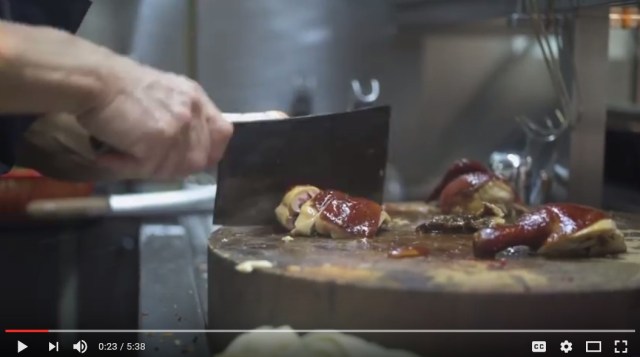
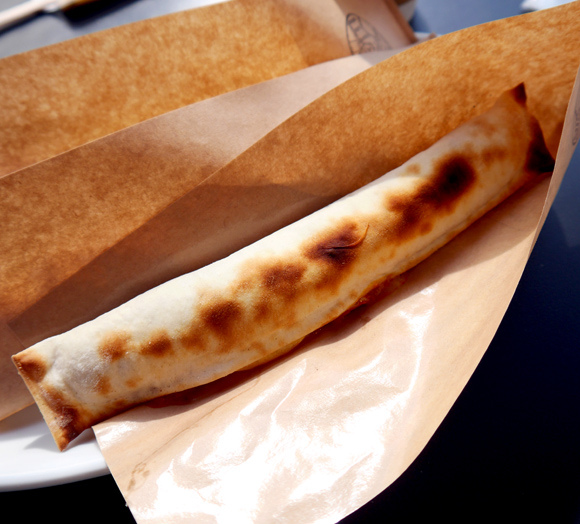

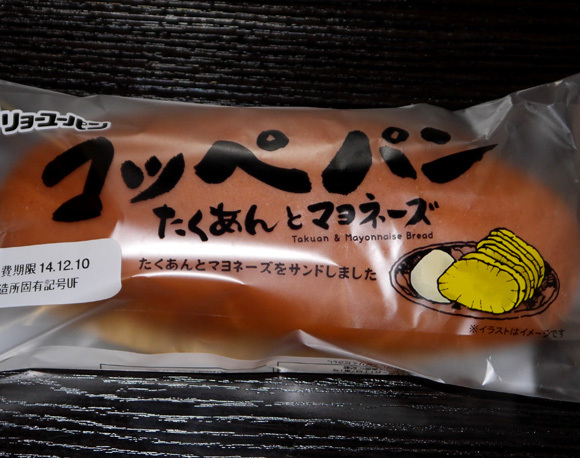

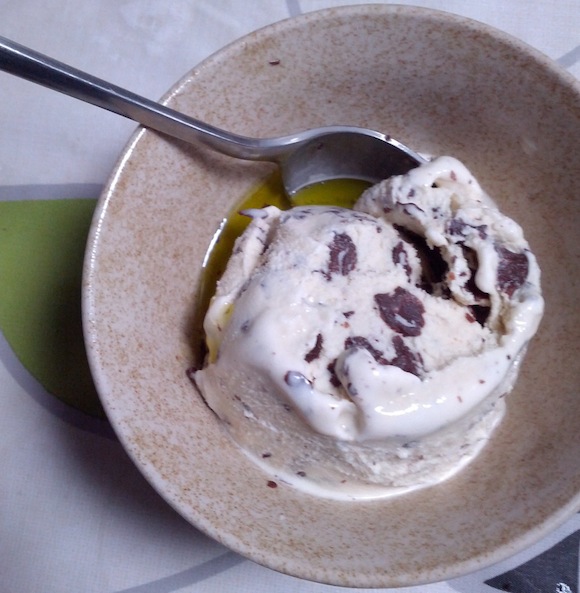
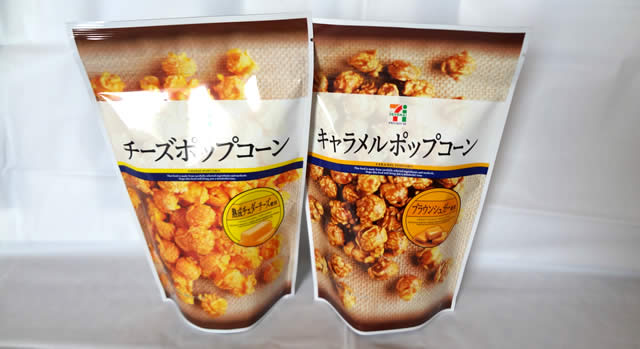
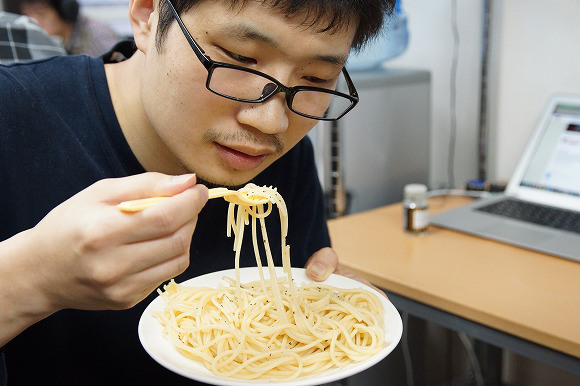
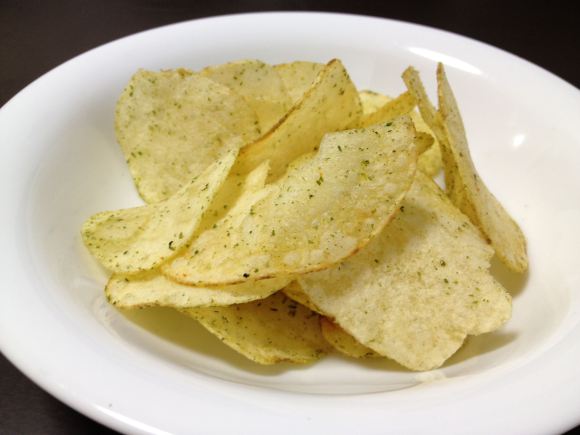
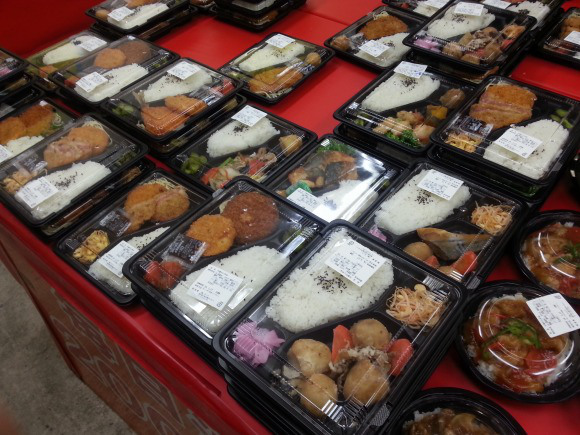
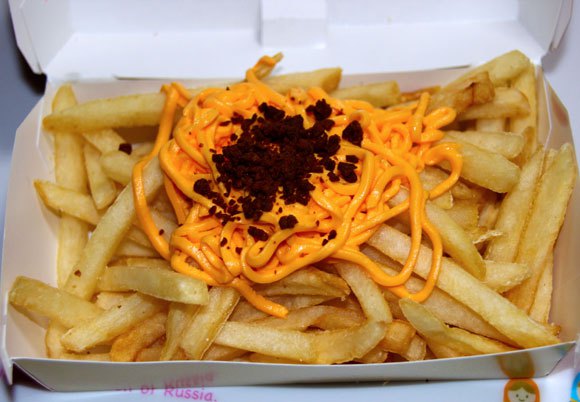
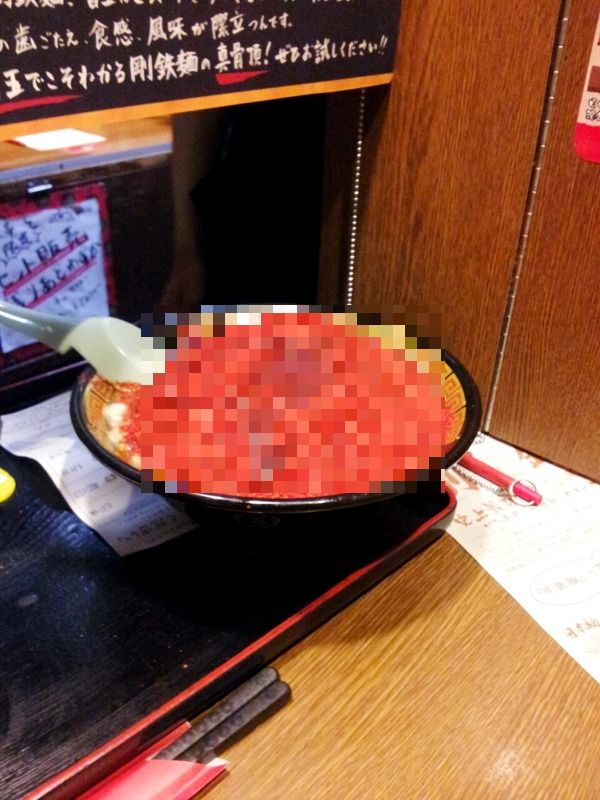
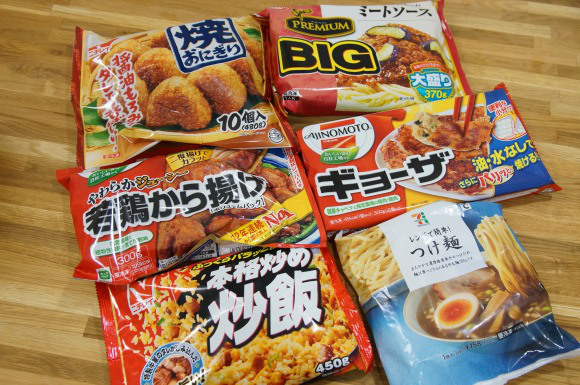
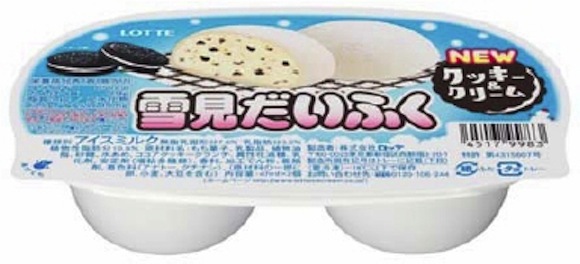
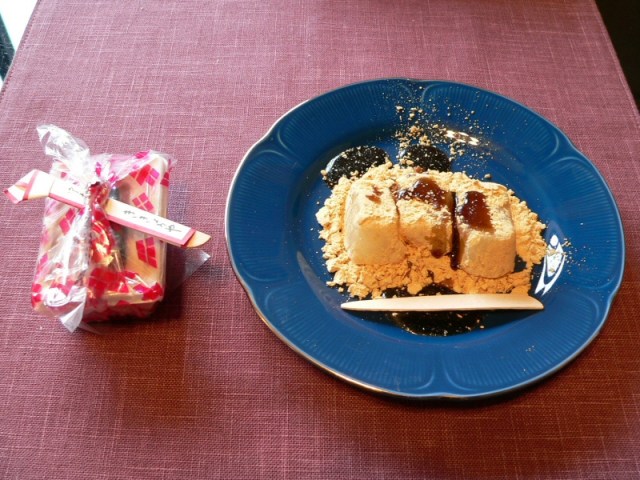
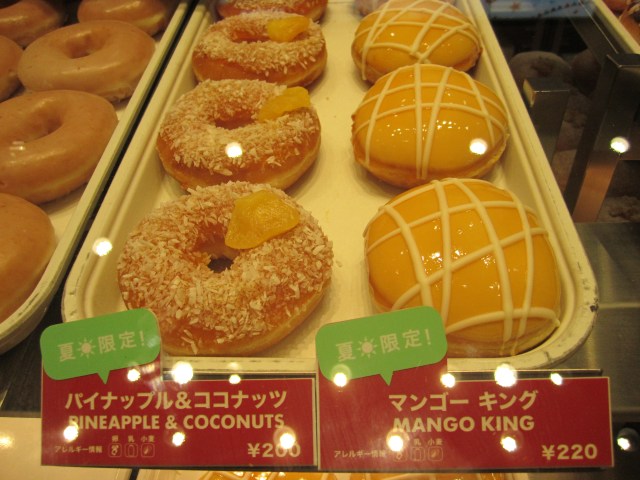
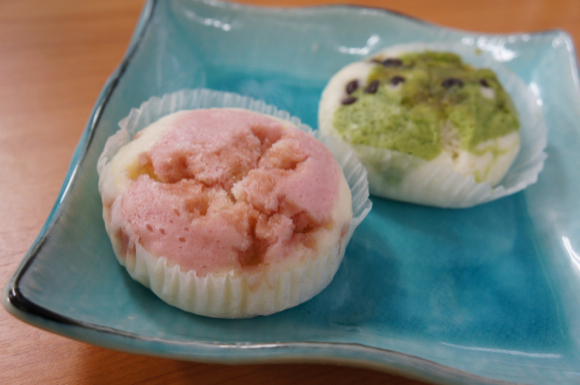

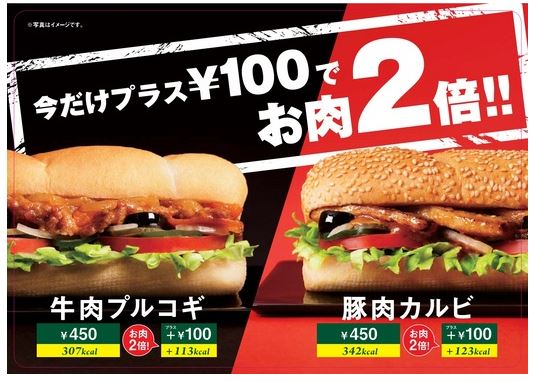
 The Purple Lucky Bag from Village Vanguard is an extra-large waste of money
The Purple Lucky Bag from Village Vanguard is an extra-large waste of money Private booths are coming to Japan’s Shinkansen bullet trains even sooner than we’d thought【Video】
Private booths are coming to Japan’s Shinkansen bullet trains even sooner than we’d thought【Video】 Top Japanese cosplayer Enako returns to Comiket after 6 years, creates mayhem with admirers
Top Japanese cosplayer Enako returns to Comiket after 6 years, creates mayhem with admirers Japanese government considering raising foreign resident visa renewal fees by 400 percent or more
Japanese government considering raising foreign resident visa renewal fees by 400 percent or more Rakuten randomly offers 58 New Year’s osechi feasts in Japan, but did we get a star or a dud?
Rakuten randomly offers 58 New Year’s osechi feasts in Japan, but did we get a star or a dud? We revisited Sweets Paradise after a decade to see if Japan’s dessert buffet still delivers
We revisited Sweets Paradise after a decade to see if Japan’s dessert buffet still delivers Should you dip your cake in sake? One Japanese brewer says no, but actually yes【 Taste test】
Should you dip your cake in sake? One Japanese brewer says no, but actually yes【 Taste test】 7 great places to see Mt. Fuji from without having to climb it
7 great places to see Mt. Fuji from without having to climb it New Japanese menstrual product seeks to help women spot unidentified iron deficiencies
New Japanese menstrual product seeks to help women spot unidentified iron deficiencies Starbucks Japan ready to get Year of the Horse started with adorable drinkware and plushies【Pics】
Starbucks Japan ready to get Year of the Horse started with adorable drinkware and plushies【Pics】 Hayao Miyazaki says Happy New Year to Studio Ghibli fans with new art for Year of the Horse
Hayao Miyazaki says Happy New Year to Studio Ghibli fans with new art for Year of the Horse Japanese beef bowl chain Sukiya’s 2026 Smile Box lucky bag basically pays for itself
Japanese beef bowl chain Sukiya’s 2026 Smile Box lucky bag basically pays for itself We found possibly the quietest Japanese-style hotel in Tokyo’s bustling Shinjuku district
We found possibly the quietest Japanese-style hotel in Tokyo’s bustling Shinjuku district Cup Noodle tries an authentic Jiro-style ramen, but something’s not quite right
Cup Noodle tries an authentic Jiro-style ramen, but something’s not quite right The best Starbucks Japan Frappuccinos we want to drink again in 2026
The best Starbucks Japan Frappuccinos we want to drink again in 2026 That time Seiji called JASRAC to ask why he didn’t get paid royalties for his song being on TV
That time Seiji called JASRAC to ask why he didn’t get paid royalties for his song being on TV Japan’s oldest largetooth sawfish in captivity back on display in Mie Prefecture
Japan’s oldest largetooth sawfish in captivity back on display in Mie Prefecture Pizza Hut Japan’s hot lucky bags are perfect for a New Year’s pizza party
Pizza Hut Japan’s hot lucky bags are perfect for a New Year’s pizza party 7-Eleven Japan starts new temporary luggage storage service in over 300 branches
7-Eleven Japan starts new temporary luggage storage service in over 300 branches Disillusionment at Tsukiji’s tourist-target prices led us to a great ramen restaurant in Tokyo
Disillusionment at Tsukiji’s tourist-target prices led us to a great ramen restaurant in Tokyo Starbucks teams up with 166-year-old Kyoto doll maker for Year of the Horse decorations【Photos】
Starbucks teams up with 166-year-old Kyoto doll maker for Year of the Horse decorations【Photos】 Tokyo considering law requiring more trash cans following litter increase in heavily touristed area
Tokyo considering law requiring more trash cans following litter increase in heavily touristed area Tokyo’s Tsukiji sushi neighborhood asks tour groups to stay away for the rest of the month
Tokyo’s Tsukiji sushi neighborhood asks tour groups to stay away for the rest of the month Tokyo event lets you travel back in time, for free, to celebrate 100 years since Showa era start
Tokyo event lets you travel back in time, for free, to celebrate 100 years since Showa era start Japan may add Japanese language proficiency, lifestyle classes to permanent foreign resident requirements
Japan may add Japanese language proficiency, lifestyle classes to permanent foreign resident requirements Sanrio theme park in Japan announces plans to expand into a Sanrio resort
Sanrio theme park in Japan announces plans to expand into a Sanrio resort Stamina-destroying “Paralysis Noodles” are Tokyo’s newest over-the-top ramen innovation
Stamina-destroying “Paralysis Noodles” are Tokyo’s newest over-the-top ramen innovation Survey asks foreign tourists what bothered them in Japan, more than half gave same answer
Survey asks foreign tourists what bothered them in Japan, more than half gave same answer Japan’s human washing machines will go on sale to general public, demos to be held in Tokyo
Japan’s human washing machines will go on sale to general public, demos to be held in Tokyo Japan’s deadliest food claims more victims, but why do people keep eating it for New Year’s?
Japan’s deadliest food claims more victims, but why do people keep eating it for New Year’s? We deeply regret going into this tunnel on our walk in the mountains of Japan
We deeply regret going into this tunnel on our walk in the mountains of Japan Studio Ghibli releases Kodama forest spirits from Princess Mononoke to light up your home
Studio Ghibli releases Kodama forest spirits from Princess Mononoke to light up your home Major Japanese hotel chain says reservations via overseas booking sites may not be valid
Major Japanese hotel chain says reservations via overseas booking sites may not be valid Put sesame oil in your coffee? Japanese maker says it’s the best way to start your day【Taste test】
Put sesame oil in your coffee? Japanese maker says it’s the best way to start your day【Taste test】 No more using real katana for tourism activities, Japan’s National Police Agency says
No more using real katana for tourism activities, Japan’s National Police Agency says Starbucks Japan reveals new sakura drinkware collection, inspired by evening cherry blossoms
Starbucks Japan reveals new sakura drinkware collection, inspired by evening cherry blossoms Updated cherry blossom forecast shows extra-long sakura season for Japan this year
Updated cherry blossom forecast shows extra-long sakura season for Japan this year We revisited Sweets Paradise after a decade to see if Japan’s dessert buffet still delivers
We revisited Sweets Paradise after a decade to see if Japan’s dessert buffet still delivers Should you dip your cake in sake? One Japanese brewer says no, but actually yes【 Taste test】
Should you dip your cake in sake? One Japanese brewer says no, but actually yes【 Taste test】 7 great places to see Mt. Fuji from without having to climb it
7 great places to see Mt. Fuji from without having to climb it New Japanese menstrual product seeks to help women spot unidentified iron deficiencies
New Japanese menstrual product seeks to help women spot unidentified iron deficiencies New Kit Helps You Get Lint Out of Your Belly Button More Safely Than the Fork You Usually Use
New Kit Helps You Get Lint Out of Your Belly Button More Safely Than the Fork You Usually Use Japan now has potato chip-covered chocolate, and it’s amazing!【Taste test】
Japan now has potato chip-covered chocolate, and it’s amazing!【Taste test】 Japanese osechi New Year’s meal lucky bag gives us way more than we bargained for
Japanese osechi New Year’s meal lucky bag gives us way more than we bargained for 11 things Japanese women want men to know about their breasts
11 things Japanese women want men to know about their breasts 10 great autumn Japan travel spots for fall colors and retro atmosphere【Survey】
10 great autumn Japan travel spots for fall colors and retro atmosphere【Survey】 Dragon Quest Burgers and Slime drinks are coming to McDonald’s Japan【Video】
Dragon Quest Burgers and Slime drinks are coming to McDonald’s Japan【Video】 What’s the real reason for the ‘floating’ 3-D signs at Haneda Airport?
What’s the real reason for the ‘floating’ 3-D signs at Haneda Airport? Japanese beef bowl chain Sukiya’s 2026 Smile Box lucky bag basically pays for itself
Japanese beef bowl chain Sukiya’s 2026 Smile Box lucky bag basically pays for itself 7-Eleven Japan now sells…matcha burritos?!?
7-Eleven Japan now sells…matcha burritos?!?